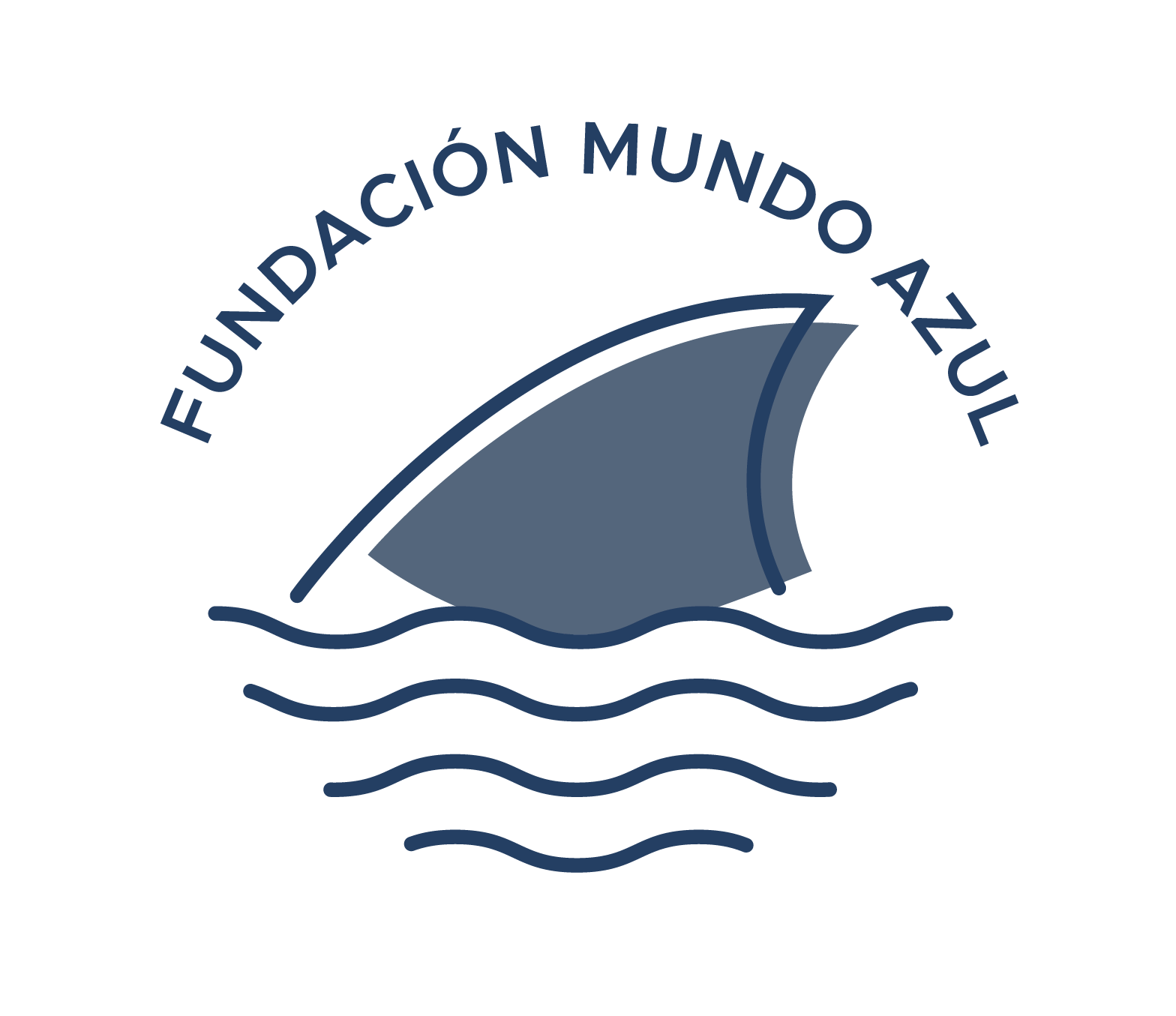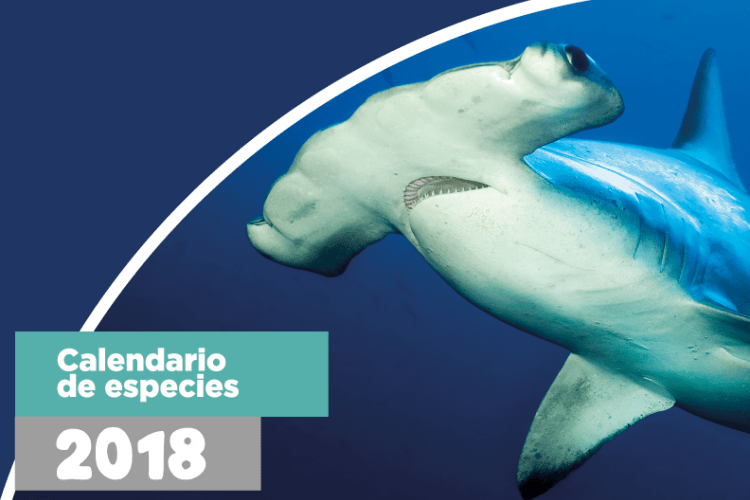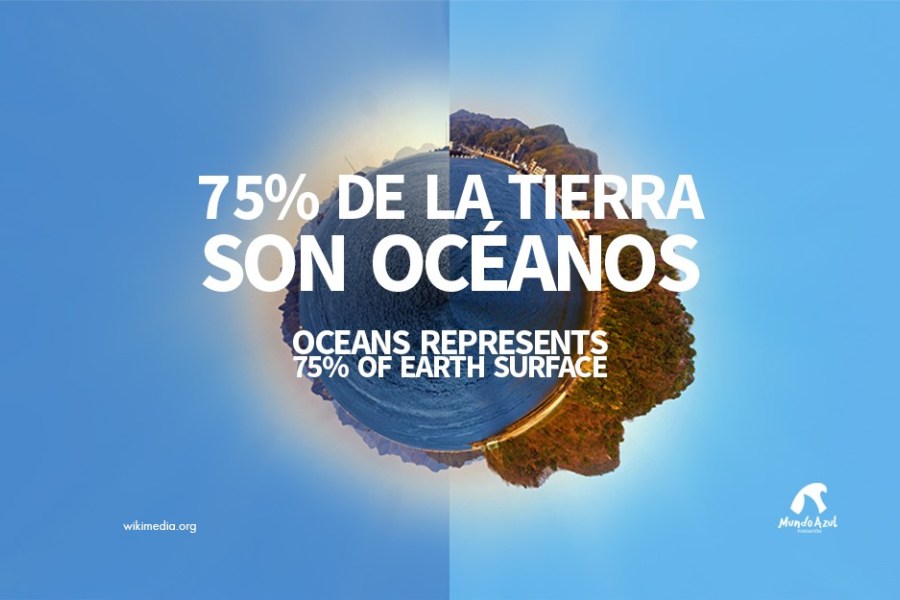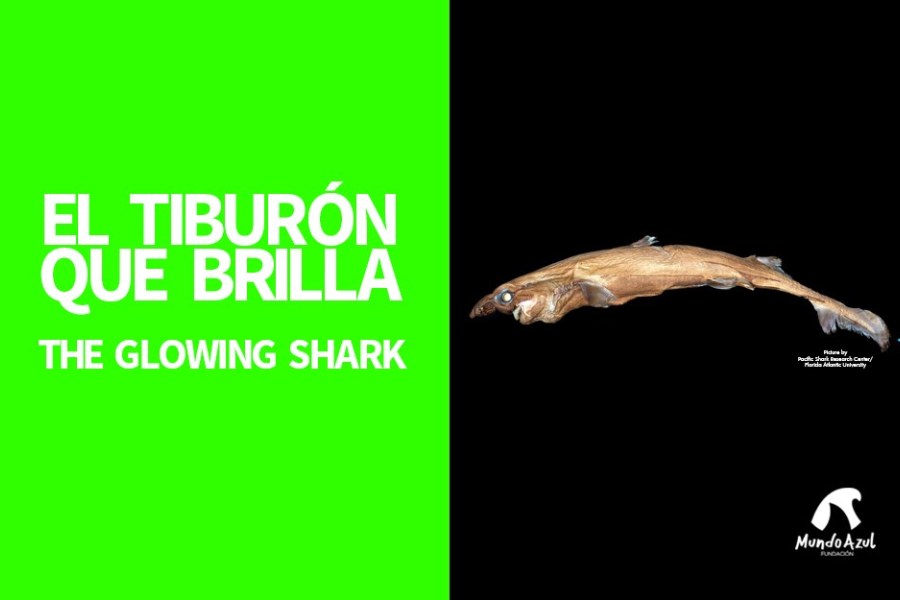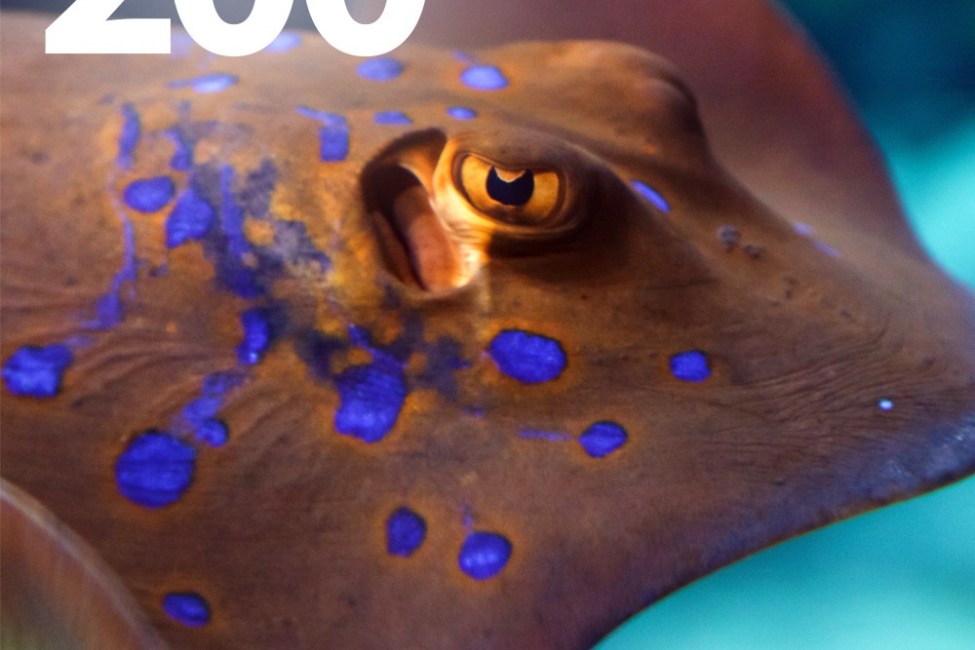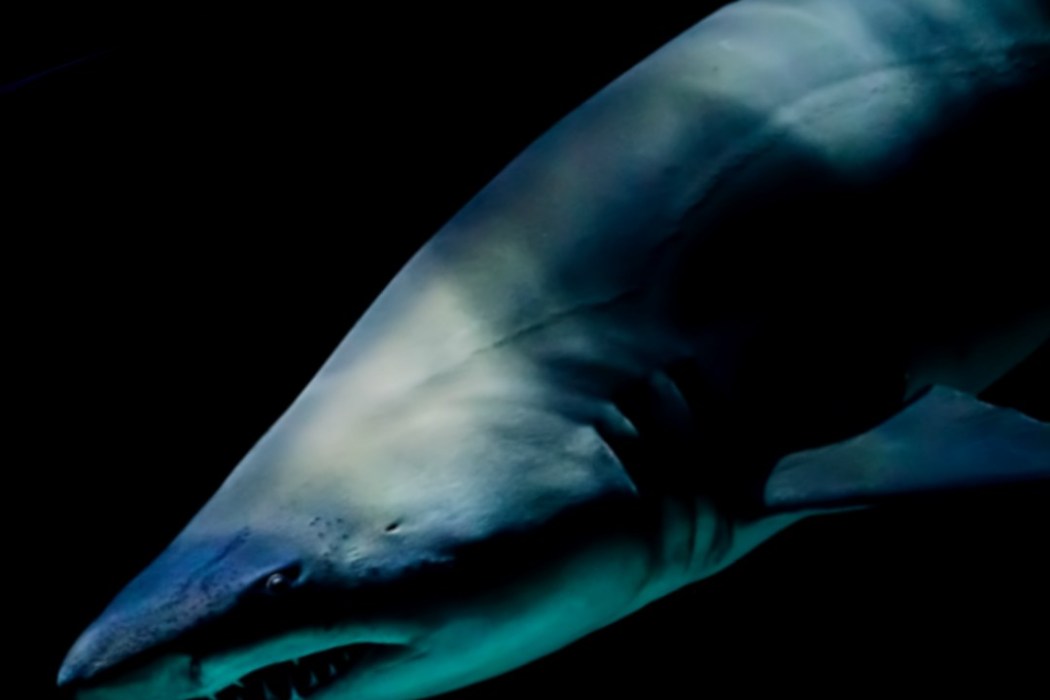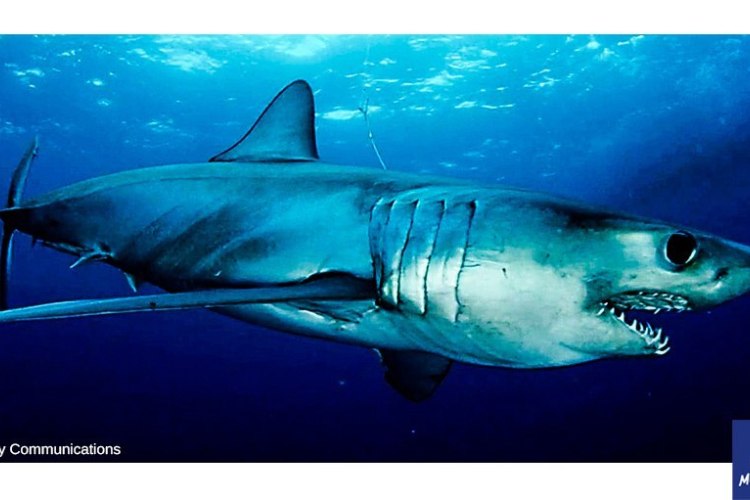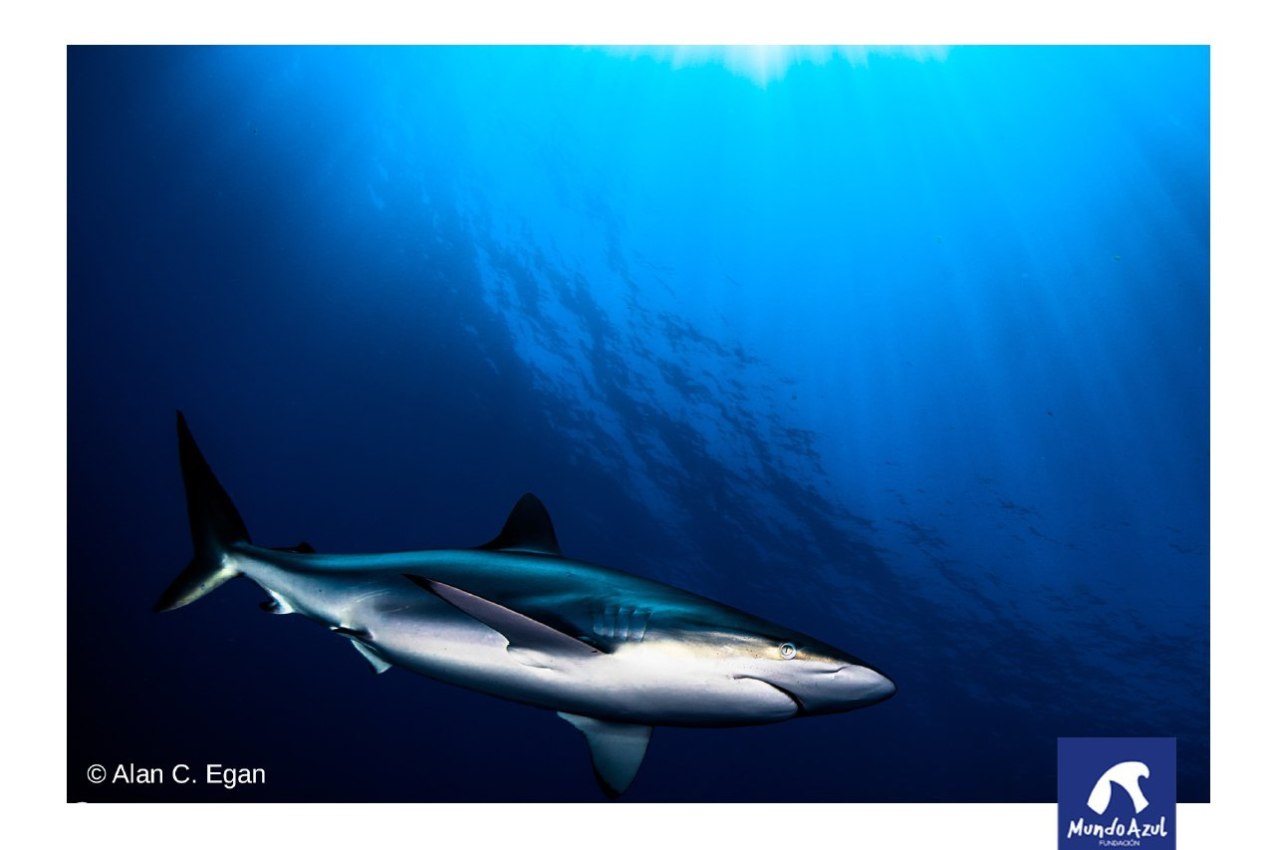
The week of 16 to 19 January members of Blue World Foundation presented the project entitled “Participatory Solid Waste Management Initiative” with the Community Development Council of El Quetzalito (COCODE). This was the beginning of this project, which focuses on countering the problem of solid waste affecting the distant community of Izabal.
With a previous survey in their survey mode, young volunteers contributed by re-digging data to know what kind of management is given to solid waste in each of the households in the community.
With this first phase we obtained essential data to know how and how to deal with the problem of solid waste in the community and the measures to be taken to solve the problem. This project starts its execution phase in February.
#KnowandLove
